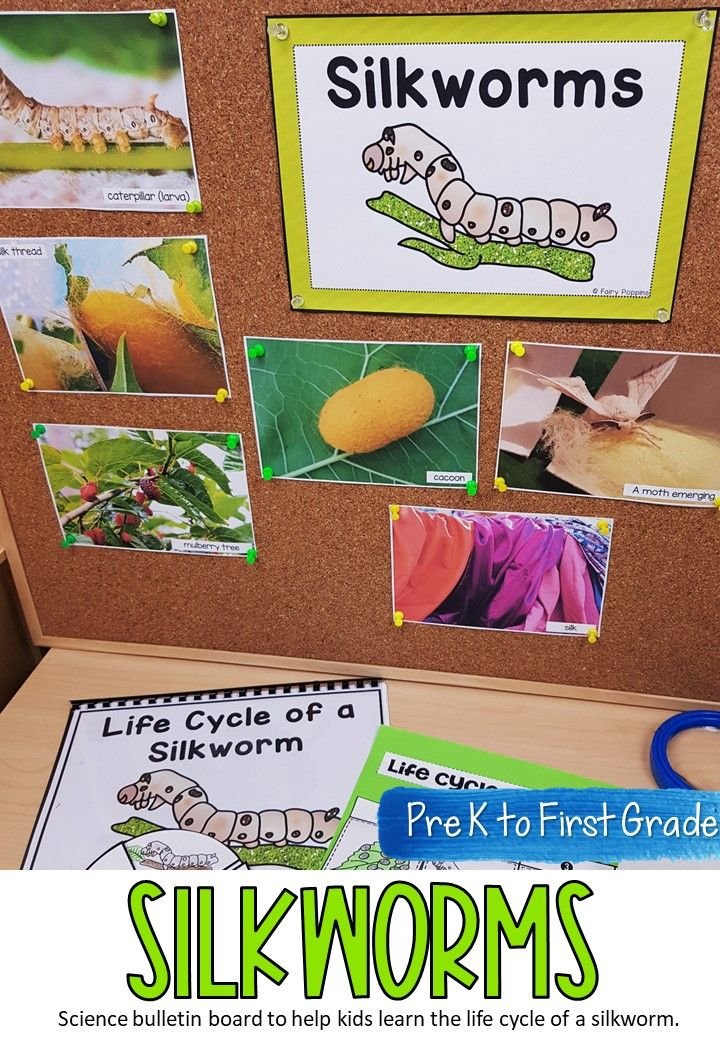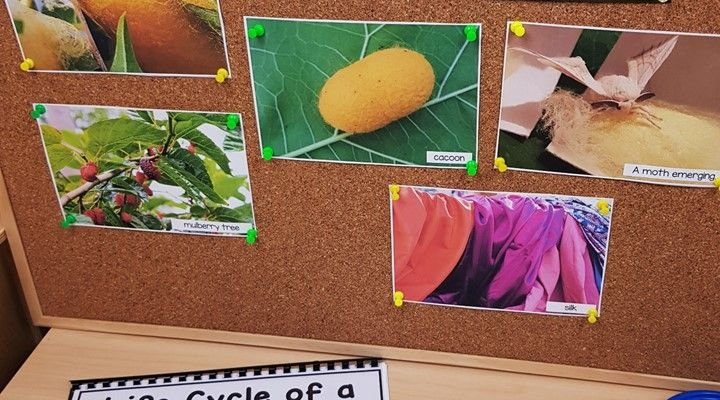
Many educators and students are discovering how **silkworms** can enhance learning in a hands-on way. These little guys are perfect for projects because they grow quickly, are fairly easy to care for, and provide a wealth of material for research. Plus, seeing the complete metamorphosis from egg to caterpillar to cocoon and finally to moth is something truly spectacular. Let’s dive deeper into why silkworms make such great subjects for your educational science projects.
Why Choose Silkworms for Your Science Project?
Silkworms bring a lot to the table when it comes to educational value. For starters, their **life cycle** is a classic example of metamorphosis, giving students a front-row seat to biological processes in real-time. This can be an eye-opening experience, especially for young minds. Watching the caterpillars grow, spin cocoons, and then emerge as moths helps students grasp concepts that might otherwise seem abstract.
Furthermore, silkworms are relatively low-maintenance compared to other living organisms used in science projects. They require minimal space and can be fed easily with mulberry leaves, making them ideal for classrooms or home projects. Imagine getting to experience this transformation firsthand; it’s like having a mini-laboratory right on your desk!
Lastly, using silkworms in projects lets students explore not just biology but also **history and culture**. Silkworms have been cultivated for thousands of years, particularly in regions like China, where silk production began. This opens up avenues for discussions about agriculture, trade, and even the environmental impacts of silk farming. So, if you’re thinking about a theme for your next project, considering silkworms could be a game-changer.
The Life Cycle of Silkworms: A Closer Look
The life cycle of a silkworm is a captivating journey that consists of four stages: egg, larva (caterpillar), pupa (cocoon), and adult moth. Let’s break these down:
- Egg: The life of a silkworm begins as a tiny egg, usually the size of a pinhead. These eggs are laid by the female moth and hatch within about 10 days under the right conditions.
- Larva: Once hatched, the larvae emerge and start feeding on mulberry leaves. This is when they grow rapidly, shedding their skin multiple times. This stage usually lasts about 4-6 weeks.
- Pupa: After reaching their full size, the larvae spin silk to create a cocoon. This is where they metamorphose into a moth. This cocoon stage lasts about 2-3 weeks.
- Adult Moth: Finally, the moth breaks out of the cocoon, completing its life cycle. These moths are typically not long-lived, often only surviving for about 5-10 days.
Observing these stages can spark curiosity and lead to questions like, “What do they eat?” or “How do they spin silk?” Getting to the core of these questions can enrich your understanding of biology and ecosystems.
How to Care for Silkworms
Caring for silkworms is rather straightforward, but there are a few key points to keep in mind. Let’s look at what you need to provide to keep your silkworms happy and healthy.
First, you’ll want to ensure they have the right habitat. A simple container with ventilation will work well, like a plastic bin with holes. You can line the bottom with paper towels for easy cleanup. As they grow, they will need more space, so be prepared to transfer them to larger containers if necessary.
Next, feeding is crucial. **Mulberry leaves** are the primary food source, so it’s best to have a supply ready. If you can’t find fresh leaves, there are dried options available that can be rehydrated. Honestly, it’s like feeding kids; they will thrive with the right nutrition!
Lastly, keep an eye on temperature. Silkworms prefer a temperature range of about 70°F to 80°F (21°C to 27°C). Keeping them in a warm room can help them grow faster and thrive. Don’t forget to check on them daily, as they grow surprisingly fast.
Conducting Experiments with Silkworms
Using silkworms as part of your project opens natural doors to conducting experiments. For example, you can test how different temperatures affect their growth rate. Set up several containers at varying temperatures and track their development over a few weeks. This kind of experiment teaches scientific methods, including observation, data collection, and analysis.
Another idea is to investigate the effects of different diets. While mulberry leaves are the traditional food, you might experiment with other plant leaves, noting how this impacts their growth. What happens if you switch foods mid-way through their larval stage? This not only teaches you about silkworm nutrition but also about the scientific process of trial and error.
Lastly, you can explore the silk-making process itself. Once they spin their cocoons, you can discuss the history of silk and its uses in textiles. This could lead to a broader discussion on sustainability in silk production, helping students think about how their scientific knowledge ties into real-world issues.
Learning Outcomes from Silkworm Projects
Working on projects with silkworms yields valuable learning. First and foremost, students gain an appreciation for biology and the complexity of life. Understanding the full cycle from egg to adult moth instills respect for living organisms and their roles in our ecosystem.
Additionally, these projects also foster skills in observation and critical thinking. Students learn to record changes, ask questions, and seek answers. For instance, why do some silkworms grow faster than others? This encourages deeper investigations and critical analysis of data.
Finally, silkworm projects can also enhance teamwork and communication skills. Whether working in groups or presenting findings, students learn to share their insights clearly and collaborate with their peers. These skills will serve them well, not just in science, but across various disciplines.
Where to Get Silkworms and Supplies
If you’re excited about starting a silkworm project, you might be wondering where to find them. Many local pet stores offer silkworms as feeder insects for reptiles, but you can also find them online. Specialized suppliers often sell silkworm eggs or larvae, which are perfect for educational purposes.
When it comes to supplies, you’ll need a suitable container, mulberry leaves, and maybe some temperature monitoring equipment. If you’re not sure where to start, many educational science kits include everything you need for a successful silkworm project.
As a bonus, some sites even have resources or guides to help you along the way, giving you extra support as you navigate your project.
Silkworms offer a unique and engaging way to dive into the world of biology and science. From their fascinating life cycle to their broader implications on culture and the environment, they provide a multitude of learning opportunities. If you’re looking for a hands-on project that combines observation, experimentation, and a little bit of history, consider bringing silkworms into your classroom or home.
The experience of watching these creatures evolve can be both insightful and rewarding. So why not take the leap? Dive into the world of silkworms and allow their transformative journey to spark curiosity and wonder in your educational endeavors.

